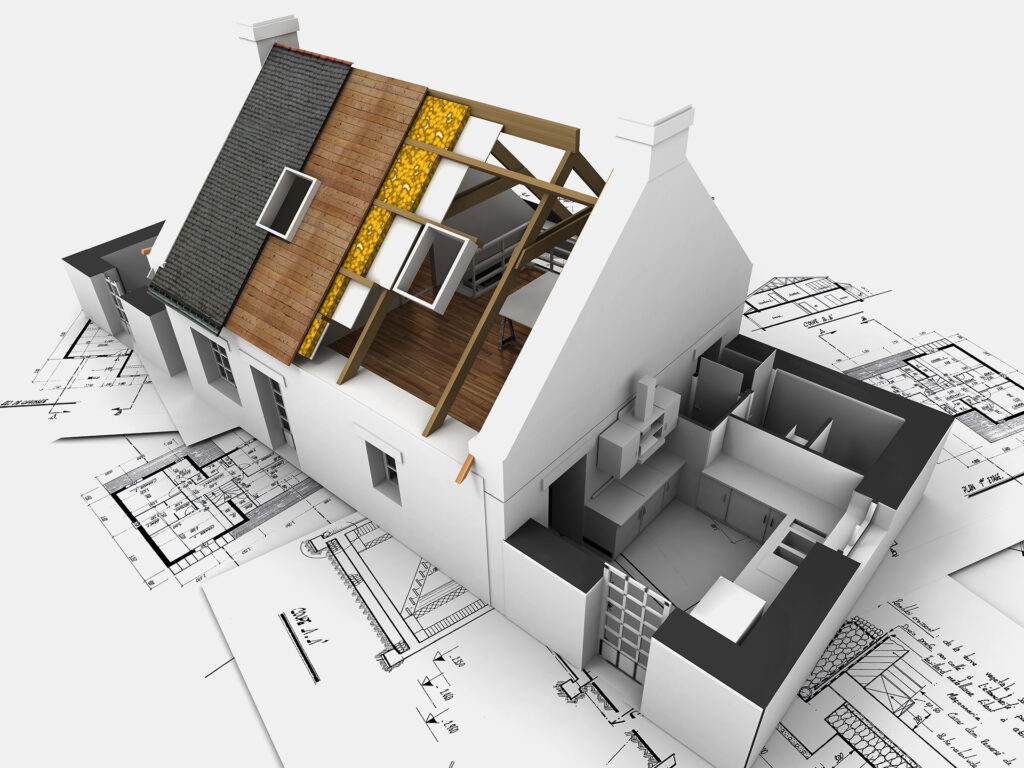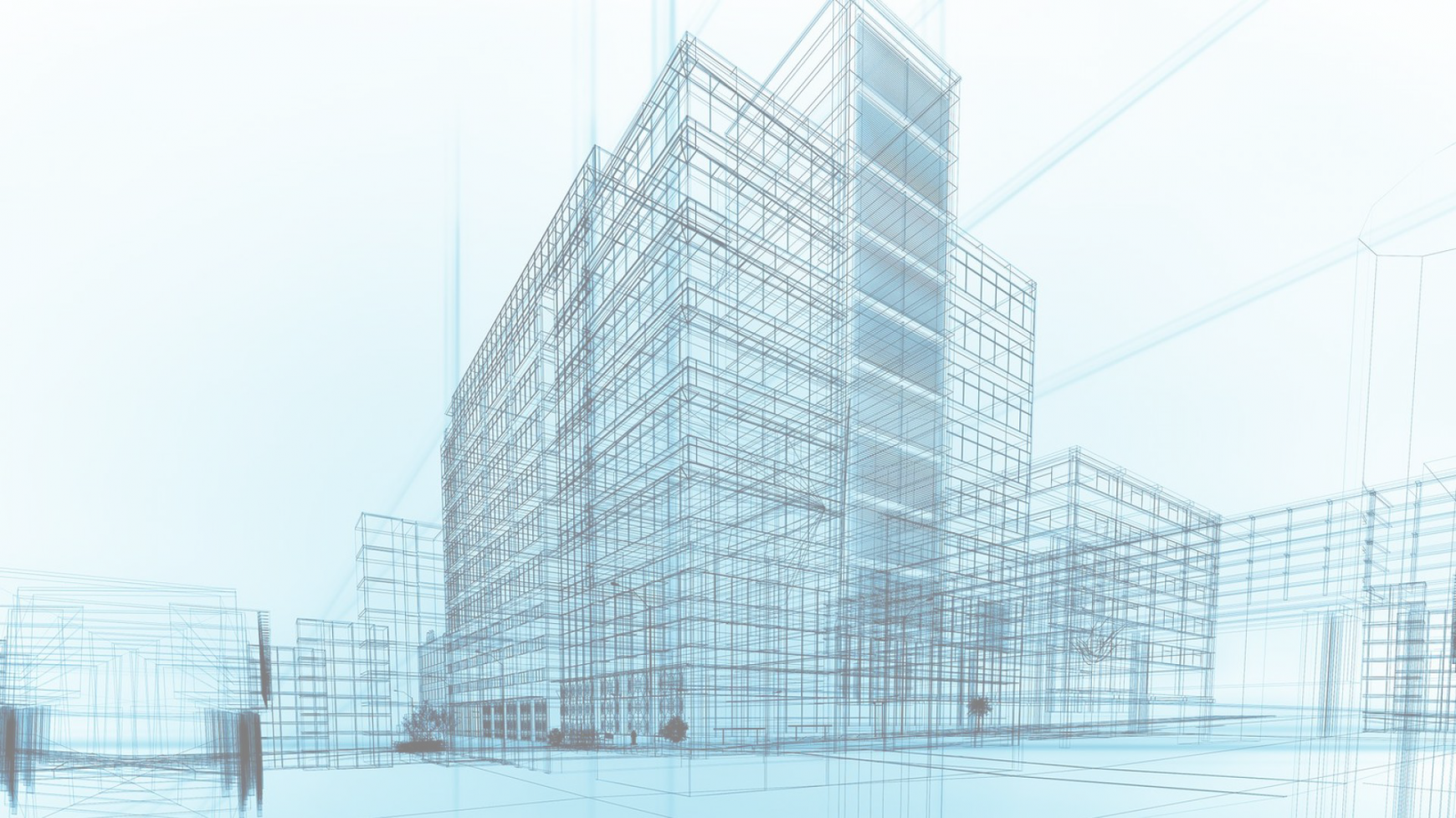
What to Consider When Planning an Architectural Project
Architectural design is the process of shaping both the external appearance and internal layout of a building, taking into account its functionality and surrounding environment. Before starting the design phase, it is important to evaluate several core aspects that influence how the building will be developed.
1. Purpose of the Building
Understanding the intended use of the building is a fundamental step. Whether it is residential, commercial, or for other activities, the purpose will influence spatial organization, structural layout, and technical requirements.
2. Site Context
The surrounding area plays a significant role in shaping the design. Factors to consider include:
proximity to other buildings;
general character of the neighborhood;
existing infrastructure;
ease of access and transportation links.
Taking the context into account ensures that the building fits well within its environment.
3. Site Conditions
Before starting the design, it is helpful to analyze the following:
plot dimensions and shape;
ground levels and topography;
accessibility;
soil characteristics (if technical assessments are available).
This helps to determine appropriate placement and structural approach for the building.
4. Energy Use and Environmental Considerations
Many modern building designs incorporate energy-conscious planning. Key considerations may include natural lighting, thermal insulation, window placement, and material selection. These elements can contribute to better long-term performance and comfort.
5. Design Standards and Practical Considerations
Architectural projects are typically developed in line with technical and practical requirements. These may include aspects such as durability, safety, ease of movement, ventilation, and structural stability. Addressing these areas from the beginning supports the successful implementation of the project.
Conclusion
Planning a building design requires careful coordination of various elements. By evaluating the purpose, location, site conditions, and functional needs, it is possible to create a well-balanced and thoughtful design concept that supports the goals of the project.
